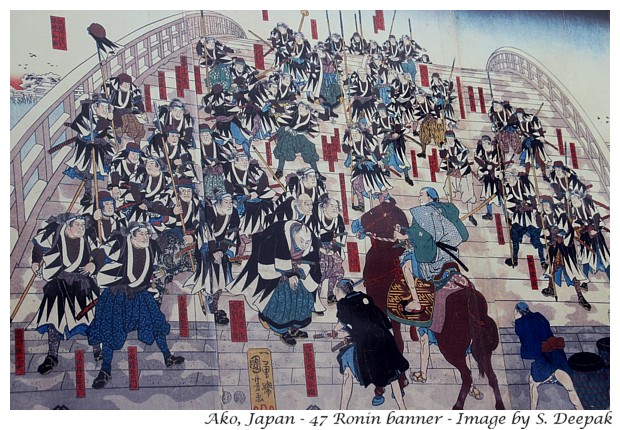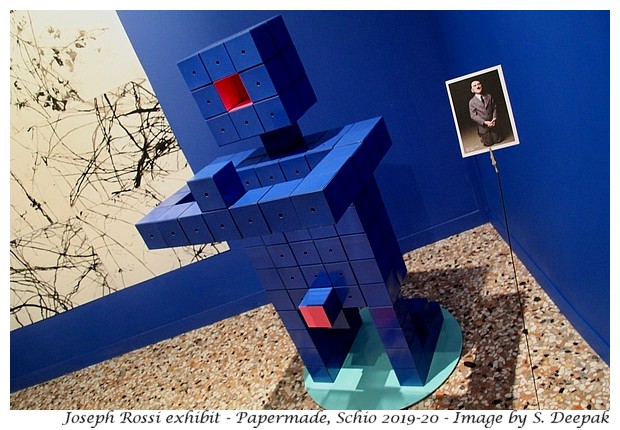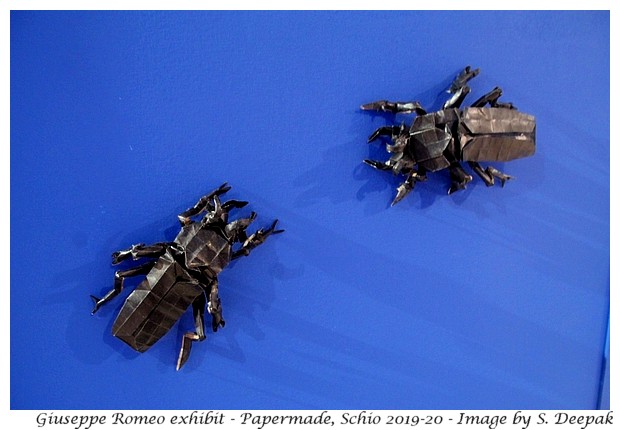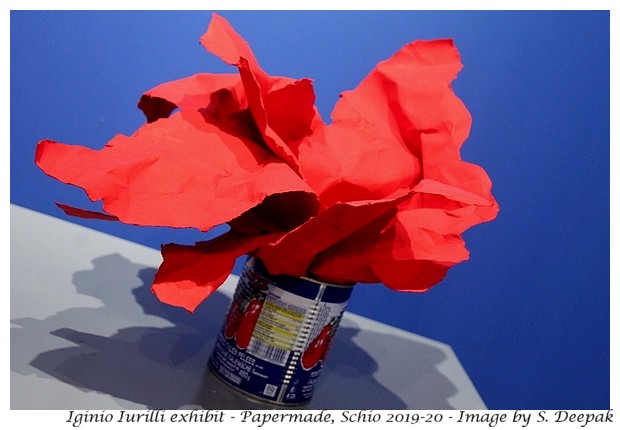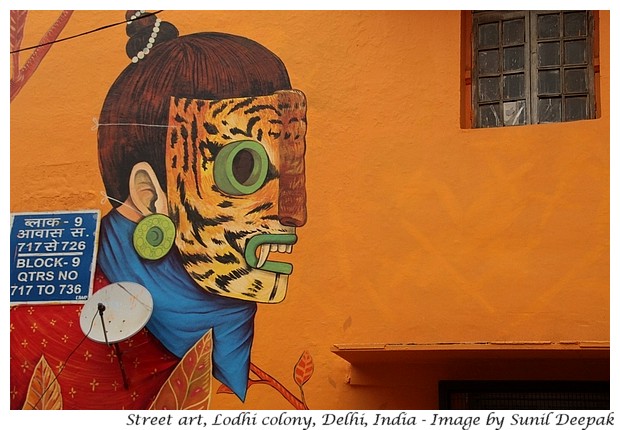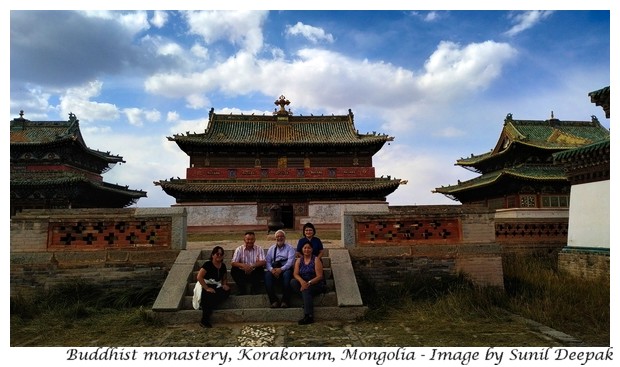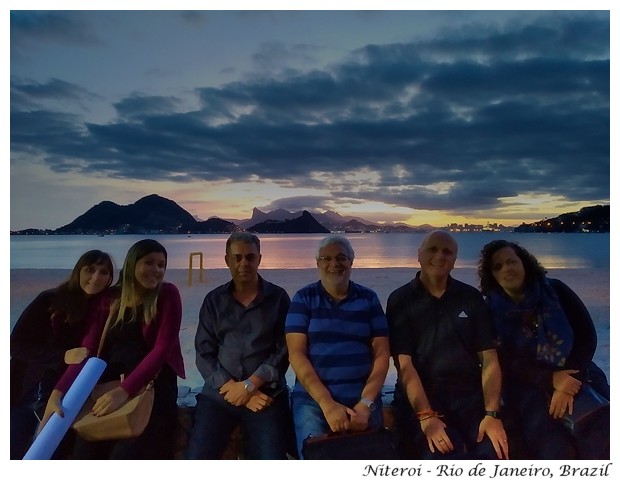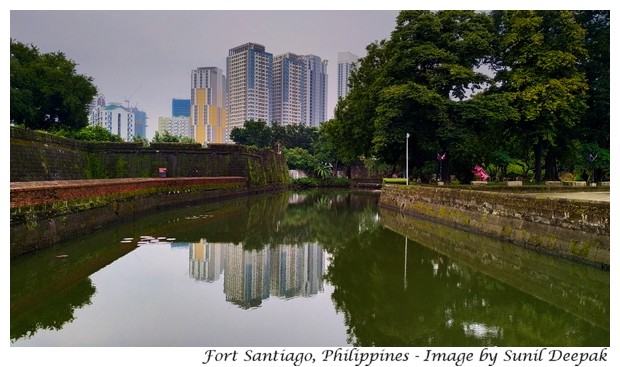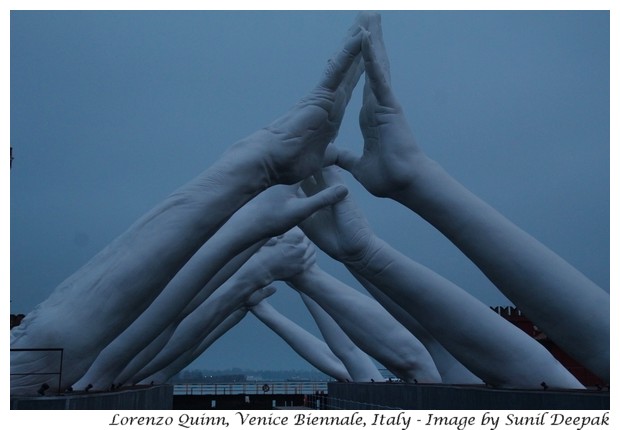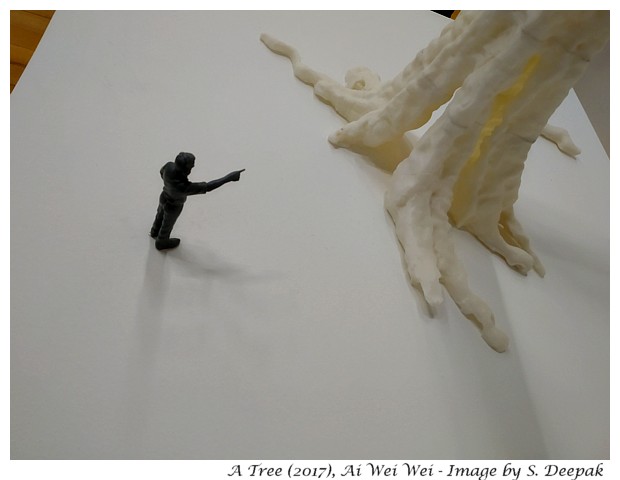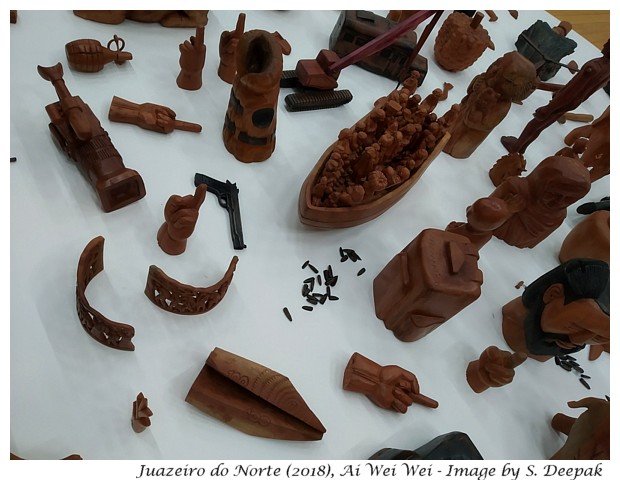I had watched the film "47 Ronin" starring Keanu Reaves, which was based on this story. A couple of years ago when I was in Okayama for a meeting organised by Sasakawa Health Foundation, I had discovered that it was not very far from Ako. Thus, I took that opportunity to go and visit this city and to become familiar with its famous legend. This post is about my visit.
The samurai followed a code of conduct called Bushido. According to the Bushido, when a Samurai became master-less, for example by the death of his master, he was expected lay down his arms and to commit suicide by Seppaku (by plunging a knife in the stomach). Any samurai who did not kill himself was known as ronin, a warrior without honour.
The ronin were looked down upon by their fellow samurai and by the society. They were ridiculed and faced public humiliation.
In 1868, with the Meiji reforms, the military control of country was replaced by a centralised bureaucratic governance. This ended the role of samurai.
I feel that the idea of warriors without a lord committing suicide according to an ethical code sounds similar to the ideas in medieval India about widows letting themselves be immolated along with their husbands' bodies under the "Sati" rituals. Such ideas may seem acceptable while one is wrapped inside and isolated in those ritualistic beliefs. Perhaps some can argue that the suicide bombs by radicalised Islamists are similar rituals, though those are fundamentally different since they also involve additional killing of unsuspecting persons. However, an unwrapping of self and a contact with wider world makes such ideas of ritualised suicides seem like aberrations and a kind of mental illness (though the traditionalists won't agree with this view).
Looking at the figures of Ronin through modern eyes, I feel that seeking revenge for their lord's death was a better option for the warriors, than killing themselves through ritual suicide, though in the Ako story, they did kill themselves after taking their revenge.
In 1701, Lord Asano, the Daimyo of Ako, was forced to commit ritual suicide by Kira Yoshinaka, a scheming official of the imperial court. However, Asano's samurai did not commit seppaku as foreseen by the Bushido and instead became ronin. Their initial attempts to avenge the death of Lord Asano were unsuccessful. Finally, those 47 ronin managed to kill Kira at Sangakuji in Edo (now known as Tokyo).
Even though by taking up the arms after the death of their lord, they had violated the samurai code of conduct, their honourable action in avenging Lord Asano was recognized. Thus after their revenge, those 47 ronin were allowed an honourable death by committing seppuku.
Samurai and Ronin Traditions in Japan
The Samurai (Bushi) warriors became an important group in Japan in the 12th century when they worked for feudal lords. Those lords along with their samurai were the real rulers of Japan.The samurai followed a code of conduct called Bushido. According to the Bushido, when a Samurai became master-less, for example by the death of his master, he was expected lay down his arms and to commit suicide by Seppaku (by plunging a knife in the stomach). Any samurai who did not kill himself was known as ronin, a warrior without honour.
The ronin were looked down upon by their fellow samurai and by the society. They were ridiculed and faced public humiliation.
In 1868, with the Meiji reforms, the military control of country was replaced by a centralised bureaucratic governance. This ended the role of samurai.
I feel that the idea of warriors without a lord committing suicide according to an ethical code sounds similar to the ideas in medieval India about widows letting themselves be immolated along with their husbands' bodies under the "Sati" rituals. Such ideas may seem acceptable while one is wrapped inside and isolated in those ritualistic beliefs. Perhaps some can argue that the suicide bombs by radicalised Islamists are similar rituals, though those are fundamentally different since they also involve additional killing of unsuspecting persons. However, an unwrapping of self and a contact with wider world makes such ideas of ritualised suicides seem like aberrations and a kind of mental illness (though the traditionalists won't agree with this view).
Looking at the figures of Ronin through modern eyes, I feel that seeking revenge for their lord's death was a better option for the warriors, than killing themselves through ritual suicide, though in the Ako story, they did kill themselves after taking their revenge.
The Ronin of Ako - Historical Background
"Ako vendetta", was a historical event in which a group of ronin avenged the death of their master Lord Naganori Asano.In 1701, Lord Asano, the Daimyo of Ako, was forced to commit ritual suicide by Kira Yoshinaka, a scheming official of the imperial court. However, Asano's samurai did not commit seppaku as foreseen by the Bushido and instead became ronin. Their initial attempts to avenge the death of Lord Asano were unsuccessful. Finally, those 47 ronin managed to kill Kira at Sangakuji in Edo (now known as Tokyo).
Even though by taking up the arms after the death of their lord, they had violated the samurai code of conduct, their honourable action in avenging Lord Asano was recognized. Thus after their revenge, those 47 ronin were allowed an honourable death by committing seppuku.
During the Meijo era (1868-1912), the story of 47 ronin became very popular all over Japan through songs and traditional plays such as kabuki. It was a tale of persistence, honour and sacrifice. The Hollywood film "47 Ronin" (2013) was inspired from this story.
Ako is located on the banks of Chikusa river and has a good network of canals. On 14 December each year, Ako celebrates the Gishisai festival to remember the 47 ronin, with a parade of the warriors dressed in old costumes and illuminations with lanterns.
To reach Banshu-Ako, I took the Ako line local train from Okayama. The journey took around an hour. Passing through small towns and villages (including Bizen and Osafune, two famous small towns in this region) along with verdant mountains, it was a beautiful journey.
The local train network also connects Banshu-Ako station to Himeji and Kobe on the east.
The City of Ako
Ako is located in the Hyogo prefecture in south-west Japan, between Osaka and Okayama. Its railway station is called Banshu-Ako. It is a small coastal town facing the inland sea. It has a population of around 50,000.Ako is located on the banks of Chikusa river and has a good network of canals. On 14 December each year, Ako celebrates the Gishisai festival to remember the 47 ronin, with a parade of the warriors dressed in old costumes and illuminations with lanterns.
Reaching Ako
When I told my Japanese friends that I wanted to visit Ako, they were a little surprised. The city's name was not so familiar to them. I had to explain the story of 47 Ronin to them. Even at the tourist office in Okayama where I went to ask for information, they were surprised that I wanted to go to Ako. They were not sure if there was much to see in Ako. However, as you can see from the images, it is a beautiful city and is worth visiting.To reach Banshu-Ako, I took the Ako line local train from Okayama. The journey took around an hour. Passing through small towns and villages (including Bizen and Osafune, two famous small towns in this region) along with verdant mountains, it was a beautiful journey.
The local train network also connects Banshu-Ako station to Himeji and Kobe on the east.
Places to visit in Ako
The city centre is small. The places to visit include the ruins of the castle of Ako and some shrines and temples. Among the shrines, the most important is the Shinto shrine linked with the 47 ronin located near the castle.Among the temples, the most important is Kagaku temple. The Kagaku temple, the Ako castle and the Shinto shrine of the 47 ronin, are all at a walking distance from the railway station. The main street in front of the railway station leads to the castle. A map of the city in the square facing the railway station will show you all these landmarks. The city, including the railway station, is full of banners, posters and tiles with images of the different Ronin warriors.
In Kagaku temple, I met a group of Japanese artists, who were visiting the city and making drawings of its different buildings. They were curious about me but we had to communicate with gestures as they could not understand English.
The Kagakuji (or Sengakuji) was the family temple of the Asano family. It is a beautiful Buddhist temple with a giant bell and with different shrines. I was told that Kagaku temple has the tombs of the 47 Ronin, each marked by the number "7" to denote death by seppuku. However, I had also read that the tombs of the 47 ronin are in the cemetery of the Sengakuji temple in Tokyo, so I am not sure if the tombs in the Kagaku temple of Ako were real or not. I tried asking about them but was unable to make myself understand and thus, did not see them. In the temple, there were no sign boards indicating the tombs.
Ako Castle and Oisho Shrine of the 47 Ronin
When I reached the castle, some of the persons from the group of Japanese artists had also reached there and they smiled at me. There was no ticket to enter the castle, which does not have many things to see. Imposing walls surrounded the castle ruins. This castle was destroyed by the bombings during the second World War, and its walls have been recently rebuilt to recreate the old ambiance.Inside the walls, most of the ruins were just empty spaces marked on the floor explaining the different building of the old castle. The castle was built by Naganao Asano Ako, the third lord of Ako domain and the grandfather of Naganori Asano. It had taken them 13 years to built this castle. I was told that the rooms of the Lord and his wife were marked on the floor, but since it was only in Japanese, I could not identify them.
On one side inside the castle, there is a short and squat tower (Tenshudai), where you can go up and have a panoramic view of the area.
A winding path passing near the Ako Museum of History and the Gardens of Ako castle took me to the shrine behind the castle. It is marked by a row of statues of the 47 ronin on both the sides of the path. This shrine is also called Oisho shrine to remember Oisho, the leader of those Ronin.
Each statue of the ronin was different - showing men of different age groups, each with his favourite weapon, some of them standing while others were sitting. Against the background of the castle ruins, the two rows of statues lining the path leading to the shrine made a powerful visual impact.
Each statue of the ronin was different - showing men of different age groups, each with his favourite weapon, some of them standing while others were sitting. Against the background of the castle ruins, the two rows of statues lining the path leading to the shrine made a powerful visual impact.
Inside the shrine gate (Torii), on the two sides were two giant wooden statues of pot-bellied old men. The one on the left was Daikoku Sama, symbolising luck and matrimonial happiness. The one on the right was Ebisu Sama, symbolising success in business and trade.
Inside the shrine, there were different memorials for persons to express their admiration for the warriors - for example, through the streamers of paper-cranes usually placed in cemeteries. The courtyard also has a statue of Oishi Kuranosuke, the leader of the Ronin.
Inside the shrine, there were different memorials for persons to express their admiration for the warriors - for example, through the streamers of paper-cranes usually placed in cemeteries. The courtyard also has a statue of Oishi Kuranosuke, the leader of the Ronin.
One of the shrine buildings was Homotsu-Kan or the treasure hall, entry to which has a ticket. Inside you can see the Oishi "Glass of Rules" for the Ako samurai. The rules included the following - do not fight, do not spill drink from your mouth and do not force a non-drinker to drink.
A path from the Shinto shrine led to castle garden - a beautiful garden just outside the castle ruins. When I visited it in April 2017, it was not yet completely done and some parts were closed. Still it seemed to be landscaped beautifully with a canal, some gently bubbling fountains and a quaint bridge.
The garden ruins also include two ponds, both beautifully designed to evoke feelings of peace and harmony.
A path from the Shinto shrine led to castle garden - a beautiful garden just outside the castle ruins. When I visited it in April 2017, it was not yet completely done and some parts were closed. Still it seemed to be landscaped beautifully with a canal, some gently bubbling fountains and a quaint bridge.
The garden ruins also include two ponds, both beautifully designed to evoke feelings of peace and harmony.
Conclusions
I could visit Ako only for a few hours. It was a rainy day. I knew that there would not be enough time to visit the historical museum or to go to the sea coast in Ako. On the other hand, I had thought that I will be able to visit Chikusa river and a couple of other shrines near the railway station. However, the visit to the castle and the Oisho shrine took most of my time and I could not do more, I had to rush back to catch the train to Okayama.I think that Ako merits a visit. If you are visiting south-west Japan, such as Okayama or Kobe, it would be worthwhile keeping a morning to visit it.
*****
#banshi-ako #japan #samurai #bushido #legends #47ronin

